If you’re building a new PC or upgrading from your old one, a question may arise concerning the system’s memory: Can you mix RAM brands? This is a common question many people ask when building PCs for the first time or upgrading from an existing one, as it’s crucial to know whether you need to buy new RAM or use your current RAM sticks in combination with others.
Key Takeaways
- You can mix RAM brands, whether they differ by speed, size, or brand.
- Mixing RAM brands will not harm the component but lead to performance loss, which may be minor or major.
- To prevent stability issues, you must check the storage capacity, voltage, timings, latency, and speed of the RAMs before mixing them.
Can You Mix RAM Sticks?
To clear it up, yes, you can use RAM modules with different brand names in conjunction with other modules of the same type. Contrary to popular opinion, mixing up two memory modules is fine for various brands and labels. You can’t get a DDR4 RAM stick to work with a DDR3 or DDR2 module, but running it with the same DDR4 RAM under a different label will give some interesting results.
The newer DDR4 and DDR5 RAM modules that are faster and more compatible with other titles will work with excellent synchronization even when mixing brands. You can also read our DDR4 vs DDR5 RAM comparison to learn the differences between the two.
These RAM modules under four gigs are highly compatible with most motherboards, offering excellent performance. Differences in performance are negligible for smaller sizes but become more noticeable with larger modules. DDR3 RAM may pose compatibility and performance issues, DDR1 and DDR2 might encounter similar problems. Also, read our informational guide on How to minimize a game on PC?
What Happens When You Mix And Match RAM Brands?
If you want to run two different types of RAM together, you must know that you’ll be compromising the speed of the better DDR4 module by pairing it up with the slower ones. This means that the memory of the smaller DDR4 RAM has a higher priority and will dictate your PC’s overall memory speed.
Mixing RAM sticks of different frequencies and latencies causes compatibility issues. The dual-channel mode can be used with both memories, but the faster one will operate at the speed of the slower stick. Ensure matched RAM modules have identical voltage, frequencies, and latency for compatibility. By the way, also check our article: The Best RAM For Ryzen 7 7800X3D.
Should You Mix And Match RAM Brands?
While you could mix and match RAM modules of different brands, it’s not recommended because it may cause unforeseen problems and slow performance. While the newer DDR4 and DDR5 RAM modules are much more compatible with different brands, they’re still much behind RAM modules of the same brand.
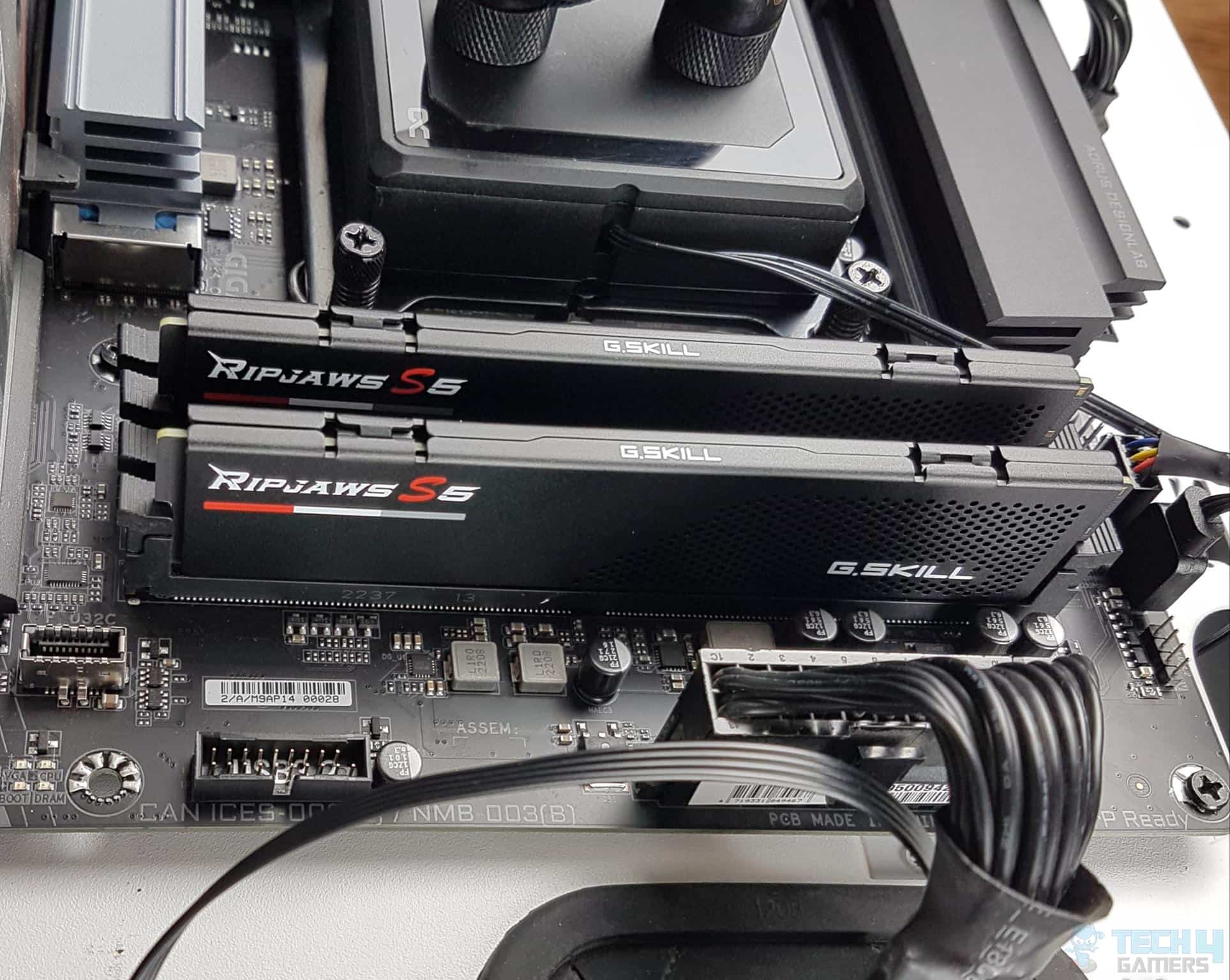
We will always recommend buying RAM kits and RAM modules of the same brand to get maximum performance and compatibility. It will make your life much easier as you won’t waste time comparing specs and other stuff only to get mediocre performance. Also, our article, 5 BEST RAM For Ryzen 9 7950X3D In 2023, may interest you.
Things To Consider When Mixing RAM Brands
Now that you have learned if you can mix RAM brands let’s discuss the criteria. When mixing and matching different RAM brands, you should ensure that the factors listed here are as close as possible between your existing RAM and the new RAM you want to buy. Doing so will help minimize performance loss and BIOS errors that might hinder your system’s performance. Also, you might want to read about how much RAM is enough for video editing.
Here are those factors:
- Generation: Never buy different generations of RAM for the same system, as motherboards can only support a single generation of RAM (the generation they are designed for). For example, if your PC uses DDR2 memory, you can’t run a DDR3 module on one of its free slots.
- Size: Mixing RAM of different sizes can work, but we would not recommend it, as doing so can sometimes cause BIOS issues. Furthermore, the performance may also decrease compared to using two similar-sized RAM sticks as the system will not be able to use dual-channel mode because this mode is exclusive to same-sized RAMs.

Two XPG Lancer RAM Sticks Of Similar Size (Image By Tech4Gamers) - Voltage: The voltage requirements for different brands’ RAM sticks may differ. If such RAM sticks are installed on the same motherboard, the performance of the RAM stick that requires more volts can be affected. The motherboard automatically assigns a lower voltage to match its processing speed with less power-hungry RAM.
- Frequency: As you combine RAM modules of two different frequencies, the motherboard will automatically underclock the faster RAM to accommodate the slower RAM and keep it running in dual-channel mode. This will limit your system’s performance and won’t allow your higher-performance memory to function to its maximum ability.
- CAS Latency: CAS Latency or Column Address Strobe Latency is when the system’s memory takes to address the user’s command and responds to it by calculating and organizing the user’s requested data. When two RAM sticks of different CAS latency are installed on the same motherboard, the slower module will be favored more, slowing down the performance of the better module.
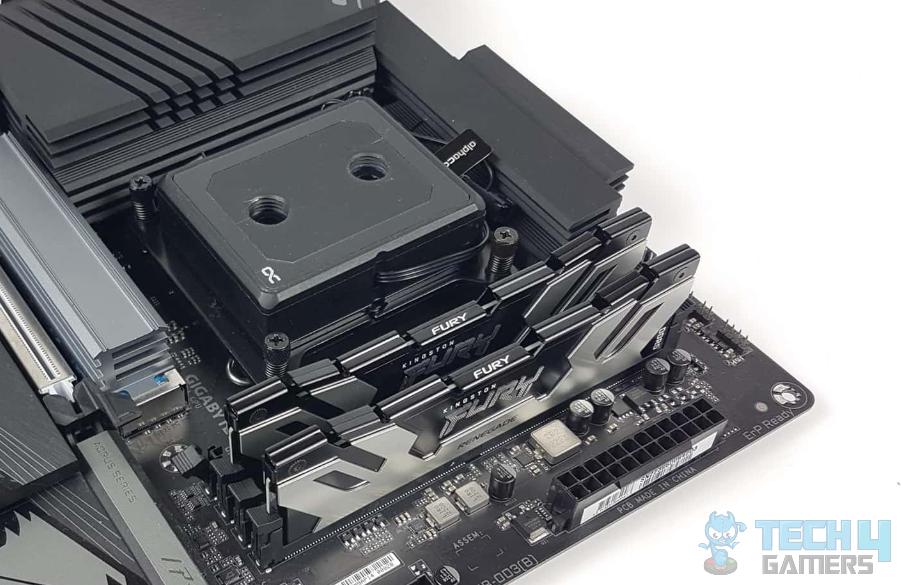
Benchmarks
For the benchmarks, we first took our baseline for performance using two 8 GB sticks clocked at 3200 MT/s.
This resulted in the following results in frame rates:
- F1 2020: 60 FPS
- CS:GO: 176 FPS
- Shadow Of The Tomb Raider: 49 FPS
Swapping out one of these sticks with an 8 GB 4000 MT/s stick, we got these results:
- F1 2020: 60 FPS
- CS:GO: 175 FPS
- Shadow Of The Tomb Raider: 50 FPS
These results are very similar to our baseline tests because DDR4 memory has no problem clocking itself slightly lower to match the speed of the sticks. In this instance, our reference kit runs at the same speed, whereas the new module introduced runs at the same speed as our reference kit, i.e., about 800 MHz slower.
If we get a slower kit of RAM, one 8 GB stick clocked at 2666 MT/s, and we overclock it so that our slower kit matches the speed of our reference kit, the results should indicate whether mixing and matching your memory affects your gaming performance. These are the benchmarks after we had done so:
- F1 2020: 60 FPS
- CS:GO: 175 FPS
- Shadow Of The Tomb Raider: 49 FPS
When tests were run to see if the slower 2666 MT/s module could be run with the 4000 MT/s, we found that the system refused to boot. This is because of the nature of overclocking. You might get a 2666 module with good enough silicon that can run up to the desired 4000 MT/s frequency, but most of the time, your RAM will become very unstable when overclocked to a much higher than its targeted speed. Here is another article you might be interested in: 6 BEST RAM For Ryzen 7 5800X3D In 2023.
Frequently Asked Questions
You can mix different RAM brands, which may cause performance issues.
While the component is not damaged, you will face stability issues.
No, your motherboard will only run that generation of RAM for which it is designed.
Related Articles
- Best RAM For Ryzen 9 7900X [Top Rated]
- 5 Best RAM For Ryzen 9 7950X
- Best RAM For Core i9-13900KS In 2023
Thank you! Please share your positive feedback. 🔋
How could we improve this post? Please Help us. 😔
[Wiki Editor]
Ali Rashid Khan is an avid gamer, hardware enthusiast, photographer, and devoted litterateur with a period of experience spanning more than 14 years. Sporting a specialization with regards to the latest tech in flagship phones, gaming laptops, and top-of-the-line PCs, Ali is known for consistently presenting the most detailed objective perspective on all types of gaming products, ranging from the Best Motherboards, CPU Coolers, RAM kits, GPUs, and PSUs amongst numerous other peripherals. When he’s not busy writing, you’ll find Ali meddling with mechanical keyboards, indulging in vehicular racing, or professionally competing worldwide with fellow mind-sport athletes in Scrabble at an international level. Currently speaking, Ali has completed his A-Level GCEs with plans to go into either Allopathic Medicine or Business Studies, or who knows, perhaps a full-time dedicated technological journalist.


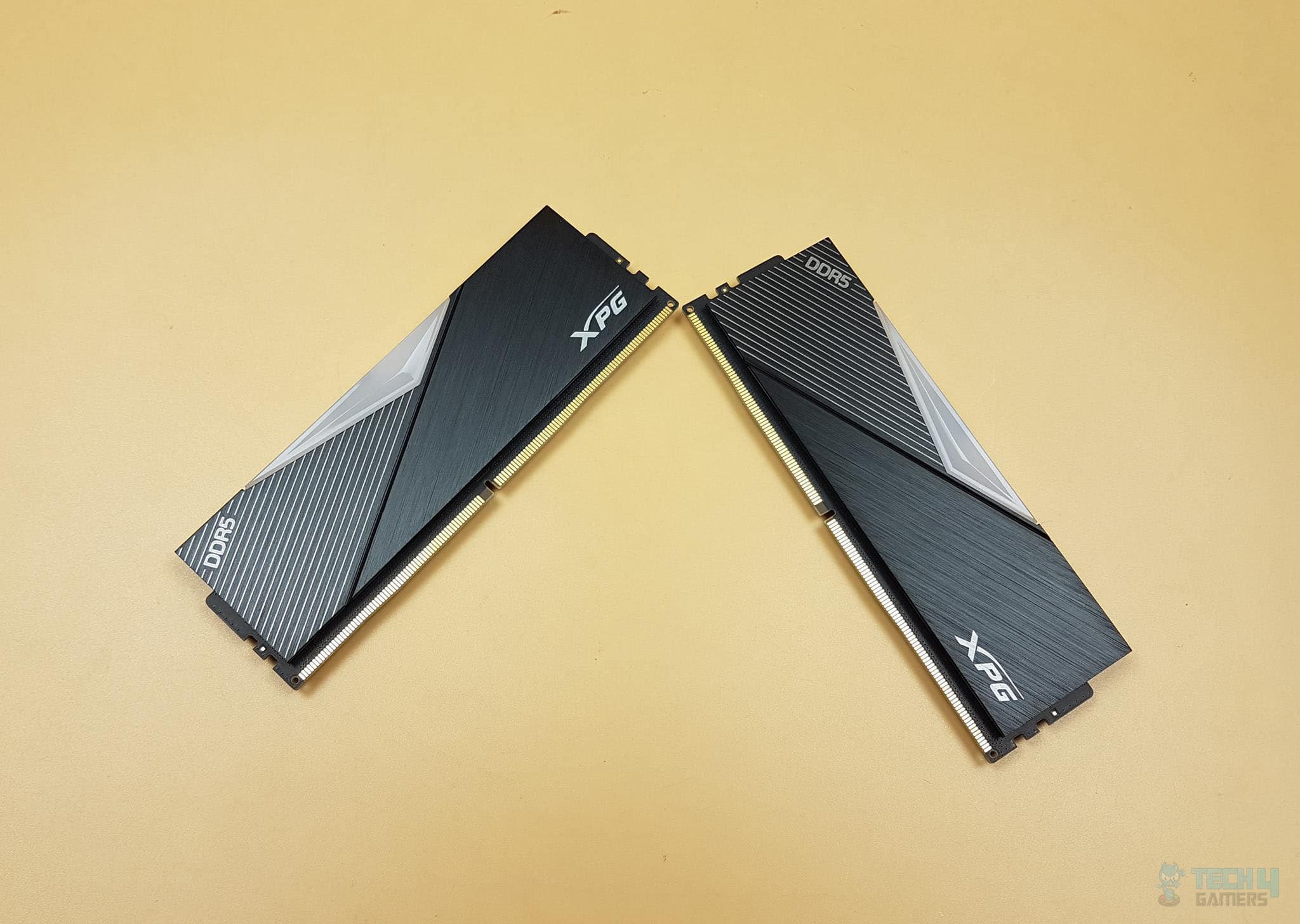

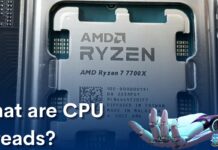

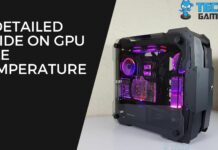
![PC Chipsets [What, Why, How] Complete guide to Chipsets](https://tech4gamers.com/wp-content/uploads/2023/06/HOW-TO-218x150.jpg)
